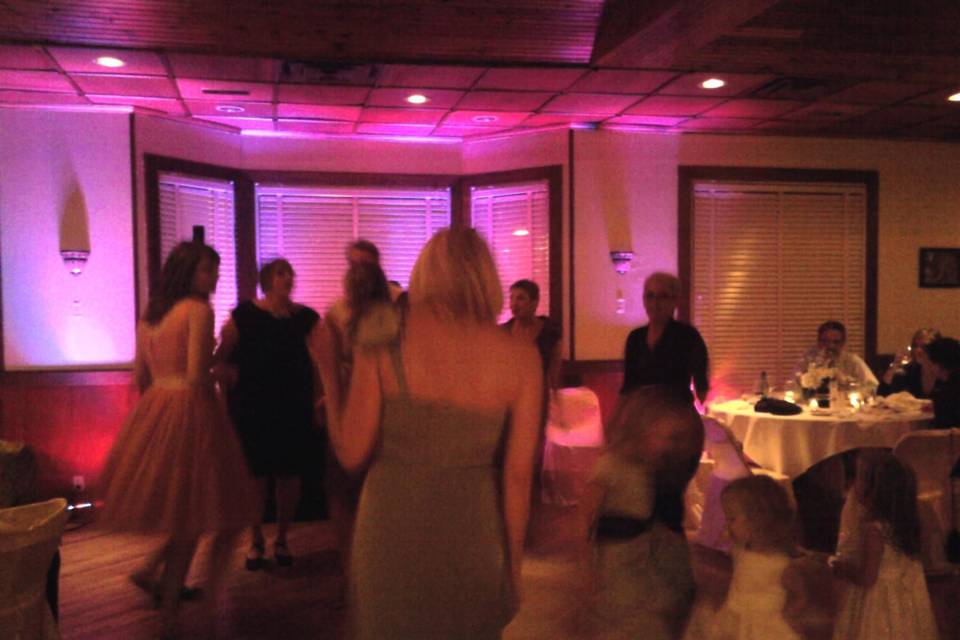Illumination plays a crucial part in video projection because it establishes the atmosphere and tone of the exhibit. Different illumination methods can evoke various emotions and responses from the audience. For instance, using gentle, cozy illumination can create a welcoming environment, while vivid, cool lights may produce a more energetic or dramatic impact. By thoughtfully selecting illumination hues and brightness, creators can manipulate how viewers perceive the projected visuals, leading to a more immersive experience. The equilibrium between mapping brightness and ambient light is essential, as it can greatly affect the visibility and impact of the images.
In addition to, color and brightness, the angle of illumination also affects the efficacy of mapping. Lighting from different angles can generate contrast and accents that introduce depth to the mapped visuals. This technique, known as chiaroscuro, can improve the 3D quality of the subjects being mapped. Additionally, using dynamic illumination can introduce energy to the exhibit, making the encounter more engaging for the viewers. When the illumination collides with the mapped images, it can create an effect of movement and change, grabbing the audience's focus.
Another important aspect of illumination in mapping in the use of unique features. Techniques such as gobo lighting, which uses patterns and shapes to filter light, can introduce depth and intricacy to the mapping. This approach enables creators to layer visuals and produce aesthetically captivating results that enhance the mapping. Moreover, adding laser lights or light-emitting diode illumination can additionally improve the display, offering a unique blend of visual elements that attract the viewers in. These unique features, when used carefully, can transform the projection into a simple navigate to this website display to an immersive 3d projection mapping design piece of creativity.
In conclusion, the influence of lighting techniques on video projection is profound. By understanding how different illumination components connect with mapped visuals, creators can create enthralling encounters that connect with audience. The thoughtful choosing of hue, intensity, direction, and special features enables for a rich canvas of sight narrative. As technology continues to evolve, the options for artistic showcasing in projection will only grow, making lighting an ever-important aspect in this innovative creative medium.
